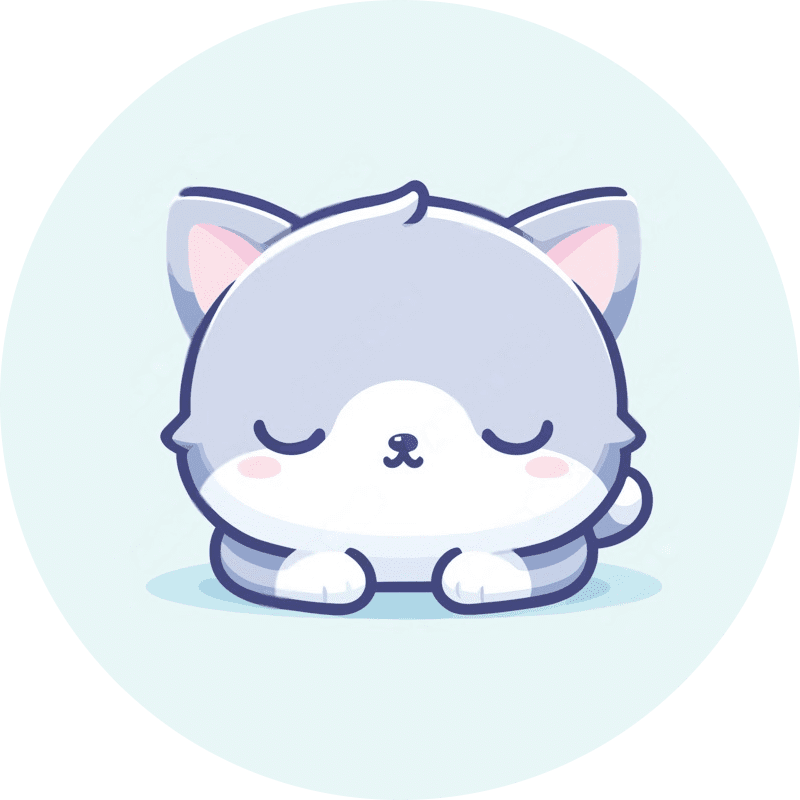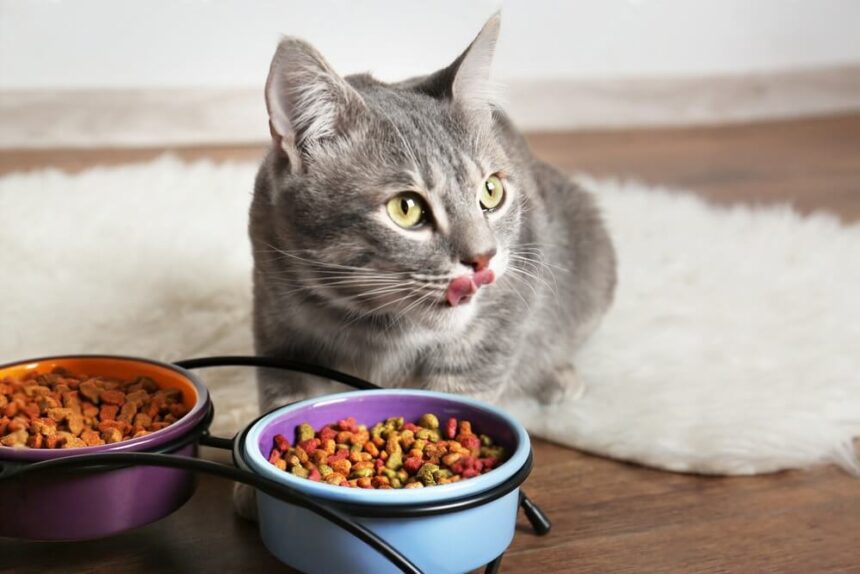Alright, so you’ve got yourself a kitty pal – congrats, first of all. Cats are the absolute best. But before we dive into endless cuddle sessions and share all those adorable pics, there’s something a bit more practical to think about: How much does it cost to feed a cat per month. Yep, feeding your furball isn’t free, and those cans of cat food add up quicker than you’d think.
Now, let’s break this down. There’s a lot of variety in what you can spend based on the type of food, the brand, and even your cat’s particular eating habits.
So whether you’re just curious or trying to budget, here’s the scoop on monthly cat food costs. Spoiler alert – it might surprise ya.
The Basics: Wet Food vs. Dry Food vs. Homemade
To feed a cat, you’ve got options. Not just any old food will do, and each choice comes with its own cost.
Homemade or Raw Diets
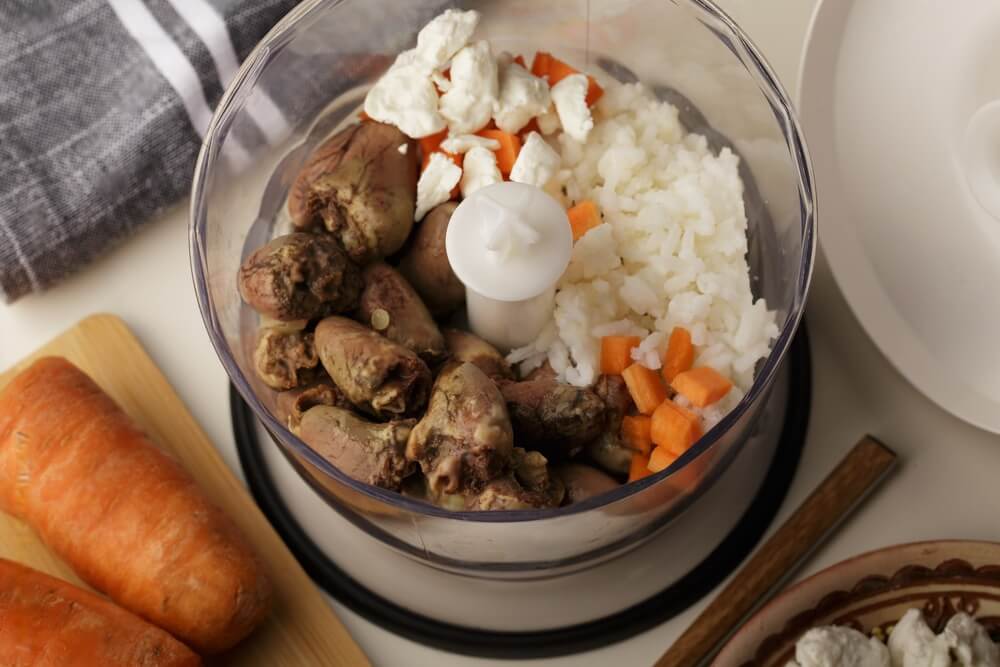
This is a route that some pet owners love, but let’s be real – it can be a bit of a hassle. Not to mention, pricey.
Preparing balanced meals for a cat, especially with raw ingredients, means investing in good quality meats and supplements, and probably more time in the kitchen than you might’ve signed up for.
Dry Food (Kibble)
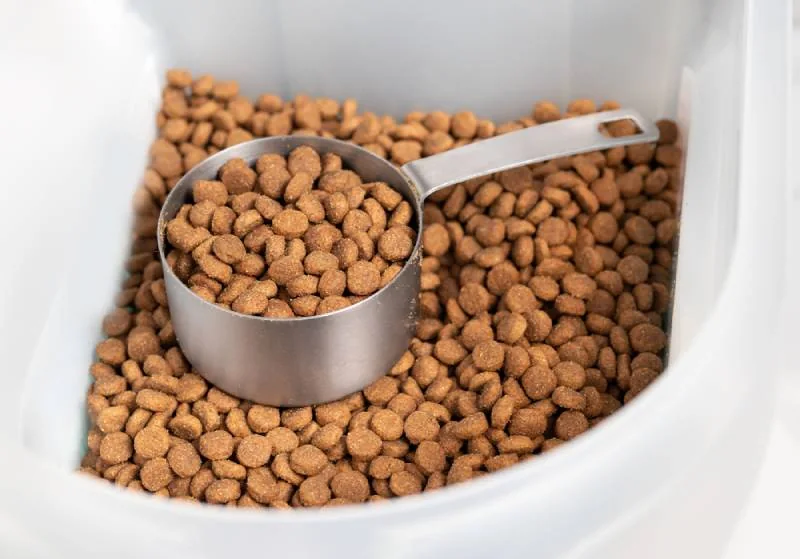
Probably the most budget-friendly choice. It’s easy to store, doesn’t spoil too fast, and cats generally seem to enjoy crunching on it. But, not all cats love it or do well on it.
Some brands are inexpensive, and others, with “grain-free,” “organic,” or “wild-caught” on the label, can cost a pretty penny.
Wet Food (Canned)
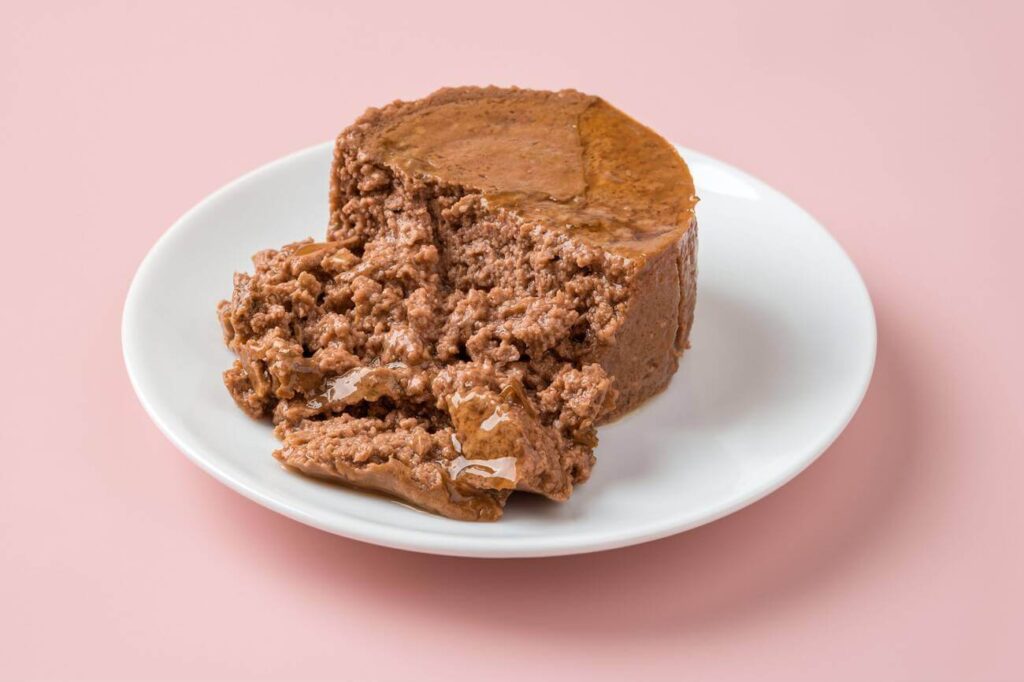
More expensive than dry food, for sure. Canned food often appeals more to cats since it’s closer to what they’d eat in the wild (you know, back when they were big and bad hunters).
Plus, it’s usually higher in moisture, which is a big win for keeping them hydrated. But feeding only wet food? That’s gonna rack up some costs.
How Much Food Does a Cat Actually Eat in a Month?
You’d think it’d be simple, right? Just check the label, measure it out, and you’re good to go. But cats are, well, cats. They’ve got their own quirks, preferences, and needs. The amount of food a cat eats depends on their size, age, activity level, and health.
An average adult cat will eat about half a cup to a full cup of dry food per day. That’s around 4 to 5 cups a week, or roughly 18 to 20 cups a month.
If you’re feeding wet food, a typical cat will go through two to three cans per day. Over a month, that’s about 60 to 90 cans. And that’s why wet food adds up so quickly.
For mixed feeding (a bit of dry, a bit of wet), you can estimate it somewhere in between these amounts. Just keep in mind that some cats are picky eaters – they might leave food in the bowl if they’re not feeling it, or devour everything and beg for more.
How Much Does It Cost To Feed A Cat Per Month?
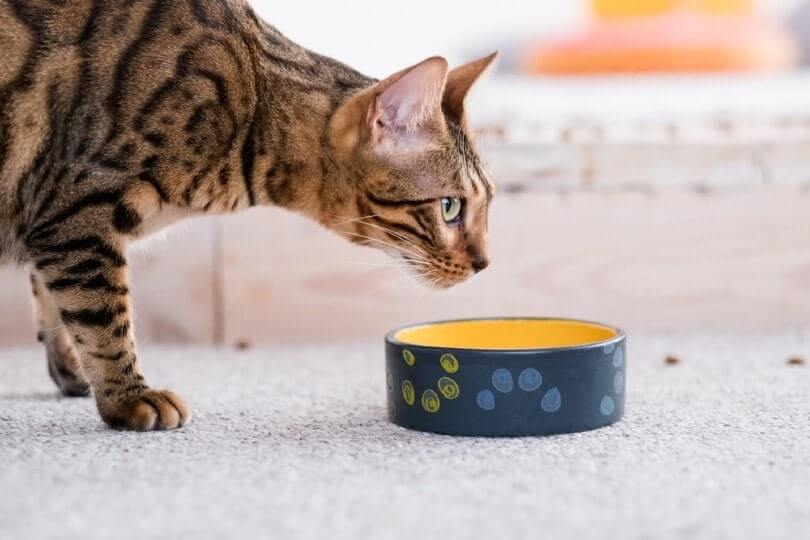
So how much does it cost per month? Well, here’s a quick look at each option:
All Dry Food
If you’re feeding a cat just dry food, you’re looking at around $10 to $30 a month depending on the brand and portion size.
A mid-range kibble that covers the basics (protein, fats, and carbs) can easily sit around $15 for a month’s supply for one cat.
Fancy brands or specialty diets, though, like the ones for sensitive tummies or high-protein needs? You’ll be closer to that $30 mark or even higher.
All Wet Food
Wet food, oh boy, it’s a whole other ball game. Depending on how much your cat eats, you’re looking at $20 to $50 a month. And if you’ve got a big-eating kitty, or if you buy those premium brands with all the bells and whistles, expect it to be on the pricier end.
Wet food typically comes in cans or pouches, and with daily servings, it’s easy to go through a few cans a day. It adds up, fast.
Semi-Moist Cat Food
If you choose to feed your cat semi-moist cat food, you can expect to spend between $20 and $40 per month, depending on the size of your cat and the quality of the food.
This estimate assumes that you are feeding your cat a high-quality semi-moist cat food and that your cat is an average size.
Mixed Feeding: Dry + Wet
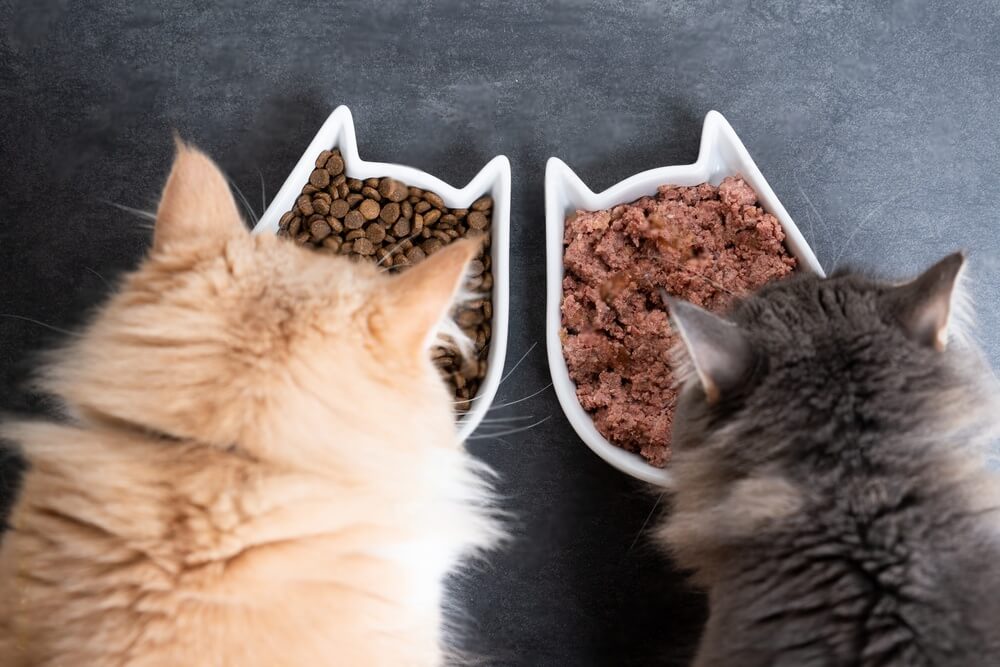
Many cat parents go with a mix of both dry and wet food, which can be a solid middle ground. It offers variety and helps keep costs manageable.
If you’re doing a bit of both, you might find yourself spending around $30 to $60 a month, combining dry kibble and some wet food.
Raw or Homemade Diets
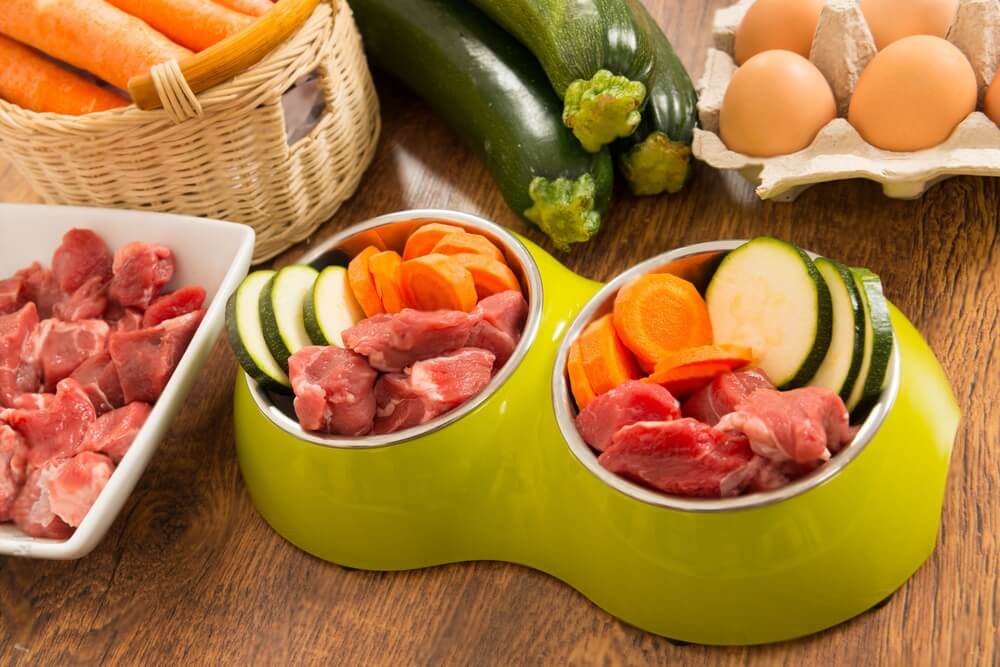
For those who are cooking up meals or feeding a raw diet, you could be looking at $50 a month or more. It really depends on the ingredients, but proteins like chicken, turkey, and fish don’t come cheap.
And if you’re adding supplements for balanced nutrition, expect that monthly tab to climb.
Some pet owners even go the extra mile and get locally sourced, organic meats, which is healthy for sure but comes with a hefty bill.
Treats, Supplements, and Extras
Cat treats – we all buy them, and we know how those cute faces work on us. But treats add a bit to the monthly cost too. A bag of cat treats can range from $5 to $10 and lasts a few weeks, depending on how often you’re giving them out.
If you’re going the homemade or raw route, you might also need supplements to ensure your cat gets all the necessary nutrients, which can be another $10 to $20 per month.
What About Kittens? Are They More Expensive?
Oh yeah, kittens are a whole different ballgame. Those little furballs eat a lot because they’re growing so fast. If you’re feeding a kitten, you might end up spending twice as much as you would for an adult cat. They need a special formula that’s high in protein and calories, which typically costs more per serving.
Plus, kittens need to be fed more frequently – like, several times a day. A good estimate? Expect to pay around $30 to $60 a month just for kitten food. It’s a temporary bump in your budget though, since they’ll transition to adult food eventually (phew!).
Factors That Affect the Cost of Feeding a Cat
The type of food is one thing, but there are other factors too. Let’s break down a few that can make a big difference in that monthly cost.
Brand and Quality
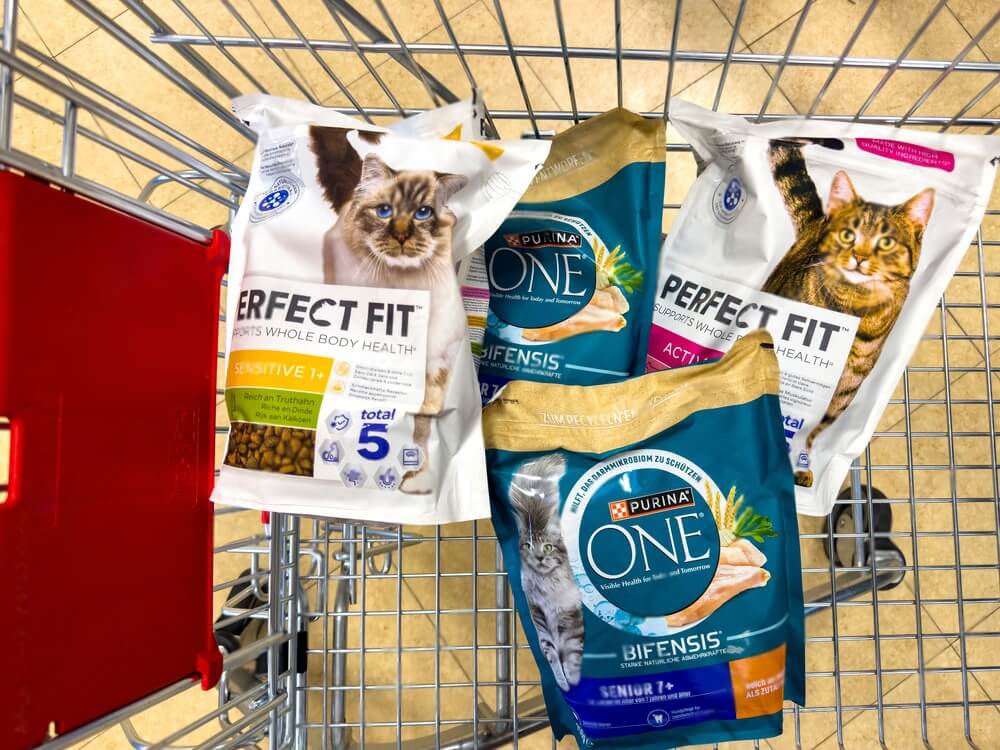
Premium brands vs. budget brands – it’s a real thing. Brands with high-quality ingredients, no fillers, and proper nutrients are gonna cost you more. Some of these premium options offer formulas packed with quality meats, minimal grains, and added nutrients tailored to your cat’s needs.
Budget brands might save you a few bucks, but sometimes at the expense of lower-quality ingredients.
So, if you’re picking a premium brand, expect to pay extra – we’re talking double or even triple the price of budget kibble.
Special Diets and Health Needs
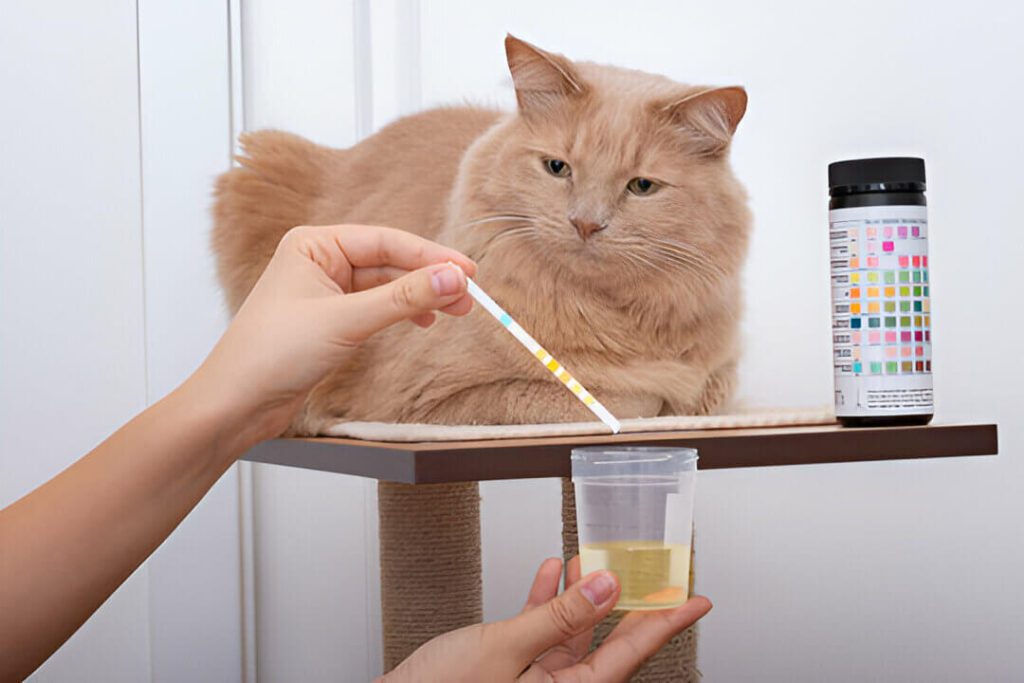
Just like people, cats can have specific dietary needs. If your cat has allergies, a sensitive stomach, or even dental issues, you might be looking at special diet options.
These can range from grain-free or limited ingredient diets to foods designed for urinary health, hairball control, or weight management.
Specialized diets can cost significantly more, so if your cat needs a little extra care, be prepared for that to reflect in your monthly food bill.
Size and Appetite
Bigger cats or those with a big appetite will obviously eat more, and that means spending more.
A little kitten’s diet won’t cost nearly as much as an adult cat’s, but once they’re fully grown, get ready for a higher monthly cost.
Lifestyle
It’s worth noting that lifestyle factors can also affect the cost of feeding a cat per month.
For example, if you are someone who travels frequently or is often away from home for long periods of time, you may need to factor in the cost of hiring a pet sitter or using a cat boarding facility to ensure that your cat is fed and cared for while you are away.
Similarly, if you have a busy lifestyle and don’t have a lot of time to spend preparing meals for your cat, you may need to opt for more convenient types of cat food, such as canned or semi-moist food, which can be more expensive than dry cat food.
On the other hand, if you are someone who enjoys cooking and has the time and inclination to prepare homemade meals for your cat, you may be able to save money by making your own cat food.
However, it’s important to note that homemade cat food requires careful attention to nutrition and can be time-consuming to prepare.
Number of Cats
Obviously, if you have more than one cat, you will need to purchase more food and may need to consider buying in larger quantities or in bulk to save money.
However, it’s important to note that each cat may have different nutritional needs, depending on factors such as age, weight, and health status.
In some cases, you may need to purchase different types of cat food for each of your cats to ensure that they are getting the nutrients they need.
Additionally, having multiple cats may also mean that you need to purchase additional litter and litter boxes, as well as toys and other supplies.
However, there are also some cost-saving measures you can take if you have multiple cats, such as using automatic feeders and purchasing in bulk.
Other Costs to Consider: It’s Not Just the Food
So, we’ve talked food, but what about the sneaky costs you don’t think about right away? Feeding a cat isn’t just about the kibble or cans. There are a few extras that can pop up.
Food Storage
Dry food needs proper storage to keep it fresh. If you’re buying big bags to save money, you might need a storage bin with a seal.
These containers can cost you anywhere from $10 to $30, but they’ll help keep the kibble crunchy and pest-free.
Wet food, on the other hand, needs a good spot in the pantry or fridge once opened. Reusable lids for cans? They’re cheap but still an extra couple of bucks.
Food Bowls and Feeders
You’re probably thinking, “It’s just a bowl, how much can it be?” Well, it adds up.
A basic stainless steel bowl might only be $5, but if you’re getting fancy with automatic feeders or slow-feeder bowls, you’re looking at $30 or more. These can help if your cat tends to overeat or you’re often away from home.
Vitamins and Supplements
If your cat is on a specific diet, especially raw or homemade, you might need to add supplements. Omega-3 oils, taurine supplements, or even probiotics can range from $10 to $20 a month.
While not mandatory for every cat, it’s a consideration if you want to go above and beyond in the nutrition department.
Waste Management: Litter Costs
It’s not exactly a food cost, but let’s be real – what goes in must come out. Feeding your cat inevitably leads to litter box costs.
Higher quality food can sometimes mean less waste (yep, better digestion equals fewer smelly surprises), but you’ll still need to budget for litter. Expect to spend another $15 to $25 per month on litter.
Water
Providing your cat with access to clean, fresh water is essential for their health. You will need to factor in the cost of purchasing a water dish or fountain, as well as the cost of your water bill.
Vet Checkups
It’s a bit indirect, but your cat’s diet can impact their overall health, which means potential vet visits. A poor diet can lead to problems like urinary issues or obesity, both of which can be costly to treat. It’s worth spending a little more on quality food to avoid these issues down the road.
Dental care is also an important aspect of your cat’s overall health, and regular dental cleanings and check-ups can help prevent dental problems that may require expensive treatments down the road.
Saving Tips Without Skimping on Quality
Look, feeding a cat doesn’t have to drain your wallet. There are ways to save without skimping on what your furball deserves.
Buy in Bulk
Buying large bags of dry food or bulk packs of wet food can be way cheaper per serving. Just make sure you’ve got a cool, dry place to store it so it doesn’t go stale.
Rotate Between Brands
One trick is to rotate between brands. You can keep a mix of budget and premium options and alternate between them. Your cat gets a variety, and you don’t feel the pinch of buying premium every single month.
Homemade Treats
Instead of splurging on store-bought treats (which can be pricy and not always great for your cat), try making some at home. Little pieces of cooked chicken or tuna make excellent treats and are healthier too.
Portion Control
Keeping an eye on portions isn’t just about preventing your cat from gaining weight. It’s also a way to stretch out your food supply. Stick to the recommended serving sizes and avoid free-feeding (leaving food out all day), which can lead to overeating and wasted food.
Compare Prices
Take the time to compare prices at different stores or online retailers. You may be able to find a better deal on the same brand of cat food at a different store.
Shop Sales
Keep an eye out for sales at pet stores, online retailers, or even local shops. Some brands go on sale regularly, especially if you’re open to trying different options.
Use Coupons
Sign up for newsletters from pet food brands. Many companies send out coupons regularly, especially for new customers. You can also find discounts on pet supply websites or use apps that offer cashback on pet products.
Switch to Store Brands
Some grocery stores have their own line of cat food that’s surprisingly good quality. Just make sure to check the ingredients list.
If the first few ingredients are meat (not corn or by-products), it’s usually a solid option. Store brands can save you a good chunk of cash each month.
Auto-Ship Subscriptions
Many online pet food retailers offer subscription discounts. If you sign up for monthly delivery, you can save 5% to 10% on each order.
Subscription services like Chewy or Amazon’s auto-ship can save you both time and money. Many of these services offer discounts when you set up recurring orders, and you don’t have to worry about running out of food at the last minute.
Is Homemade Cat Food Cheaper?
This is a hot debate among cat owners. Making cat food at home can seem cheaper at first, especially if you’re using leftover chicken or fish. But once you start adding in the supplements needed to make the meals nutritionally complete, the cost goes up. You’ll also need to factor in the time it takes to prep and cook the meals, which is no small task.
Some pet parents swear by homemade food for health reasons, and sure, it can be great for cats with allergies or digestive issues. But unless you’re getting really cheap meat, you might not actually save money. For most folks, sticking with a high-quality commercial brand ends up being simpler and more cost-effective.
The Bottom Line: What’s It Really Costing You?
So after all this, you’re probably wondering – what’s the average monthly cost to feed a cat? Let’s wrap this up with a quick summary:
Basic Dry Food Diet: Around $15 to $25 per month
Mixed Wet and Dry Food Diet: Typically $30 to $50 per month
Premium or Specialty Diet: Anywhere from $50 to $100+ per month
Homemade or Raw Diet: Often starts at $50 and can easily exceed $100 depending on ingredients
If you’ve got more than one cat, you’ll need to double or triple these numbers, depending on how much they eat. Kittens, on the other hand, tend to cost less because they eat smaller portions – at least until they hit that teenage growth spurt!
Conclusion
Look, feeding your cat well is a big part of keeping them healthy and happy. You don’t have to go broke doing it, but it’s worth spending a little extra when you can to make sure they’re getting good quality food.
Whether you’re on a budget or ready to splurge, there are options out there that fit every type of cat parent.
The main thing? Pay attention to how your cat responds to their food. Healthy coat, bright eyes, good energy – these are signs you’re doing it right.
And if they’re a little picky, don’t worry. You’ll find the right food that makes them purr in no time.
Hope this guide helps you budget better and keep your kitty happy.
